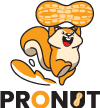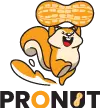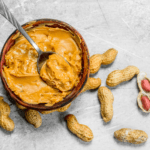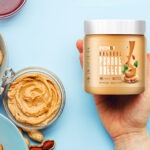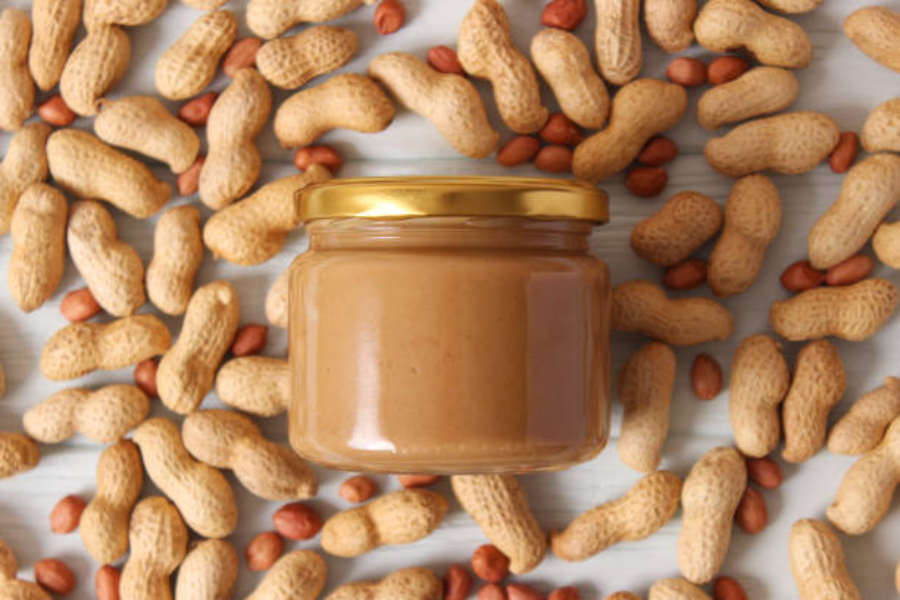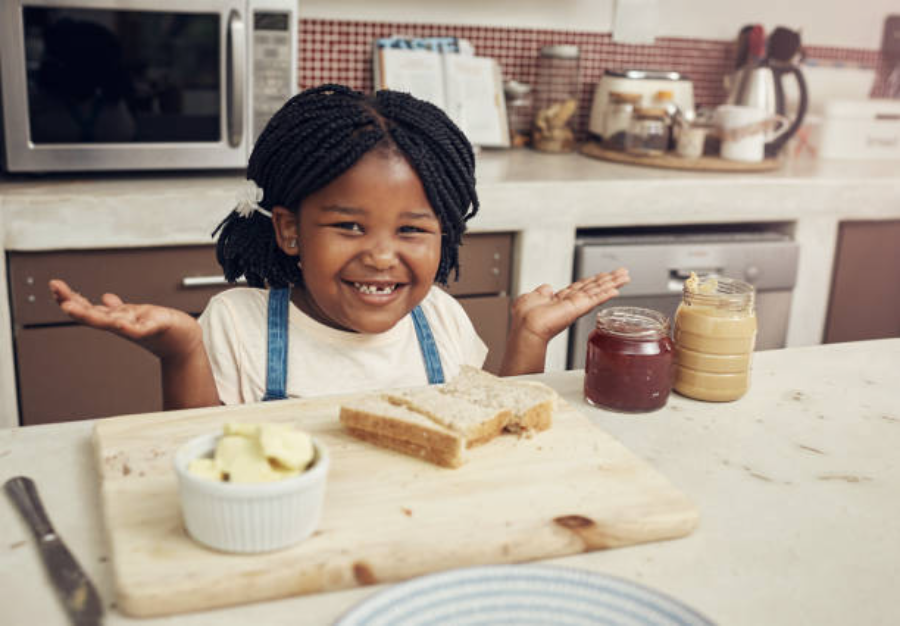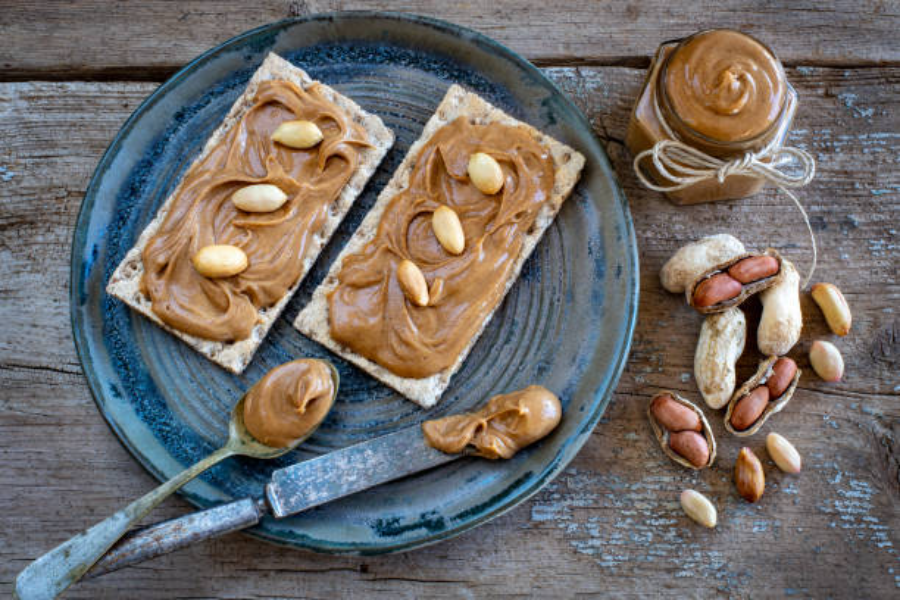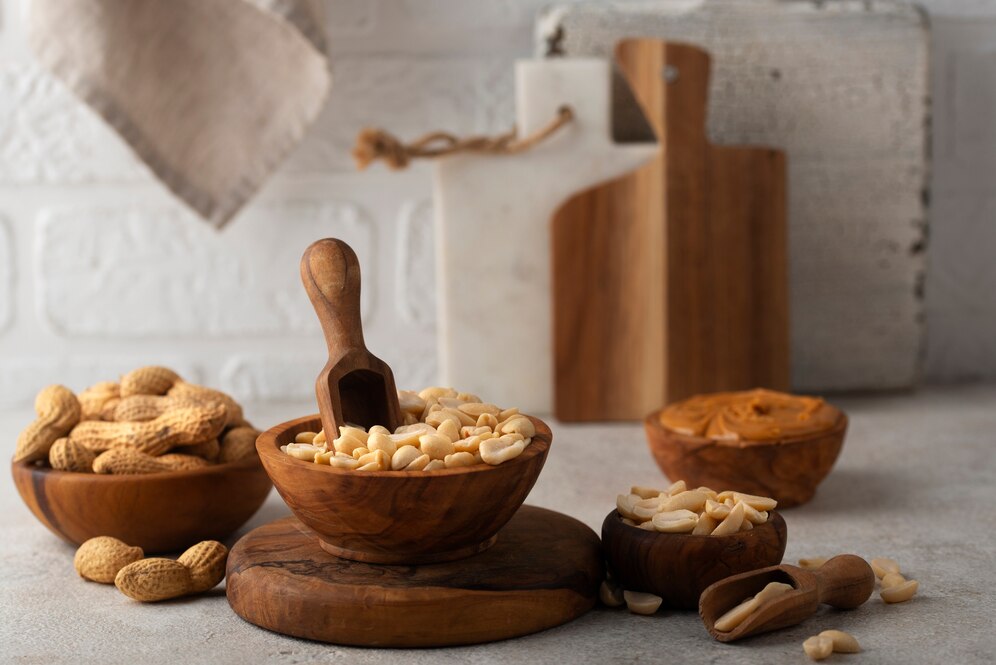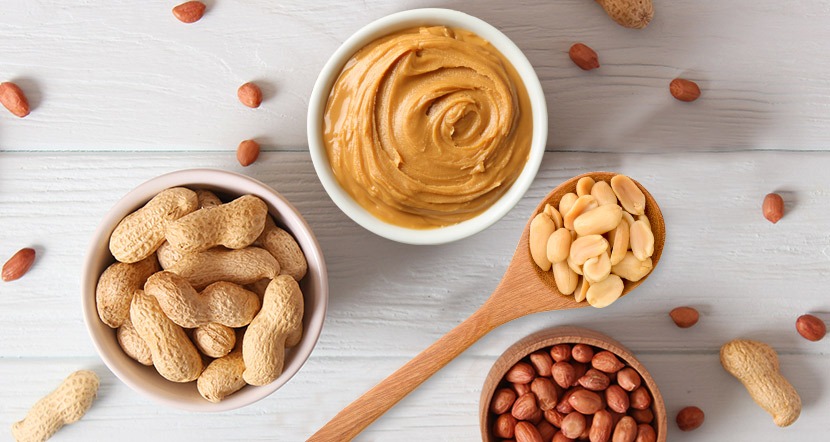
The process of making Pronut’s Peanut Butter: Explained
When we think about butter, jams, and peanut butter, we often assume they are highly processed, unhealthy snacks. However, in the case of peanut butter, this might be different. Peanut butter is one of the most relatively healthy ingredients available to us, which has slowly become a staple food for many. Rather than leading a life without flavor, peanut butter adds health and flavor to your life. Instead of searching for healthy alternatives to your favorite jams, all you have to do is enjoy a dollop of peanut butter.
So, how exactly is peanut butter made? As the name suggests, we all know it is made from peanuts, but does everyone use the same peanuts? What is the process of making peanut butter? Well, you’re in luck because we will make Pronut’s Peanut Butter today.
Well, a few processes are involved, affecting the planting and Harvesting of peanuts: shelling, dry roasting, cooling, blanching, grinding, and finally, the packaging process!
Planting and Harvesting of peanuts
By April or May, peanuts are planted, after which we harvest them in September. Peanuts are grown as plants that bloom yellow flowers. Once the flower petals wilt for some time, it signals the underground growth of the nuts. Using portable mechanical pickers, the peanuts are harvested from the vines and then delivered to our warehouses for cleaning. Dust, sand, vines, stems, leaves, empty shells, or anything unwanted are removed during cleaning.
Our cleaning process is of the highest standards to ensure we maintain your trust and health. After the peanuts are cleaned, they are then sent to be shelled.
Shelling
Shelling is the simple process of removing the outer covering of the nuts. Now, this is an exciting process that is entirely automated. Rather than having a bunch of people peel all the outer cover, the peanuts are run through a series of rollers that crack the shells. The cracked peanuts are then continuously passed through screens, blowers, magnets, and destoners. This is done to ensure that all the shells and rocks hidden inside are removed. After shelling, the peanuts are checked thoroughly for their size, color, defects, or anything that might make them unusable. The peanuts with defects are thrown out, and the healthy ones are sent for processing.
Dry Roasting
Dry Roasting is an interesting process where food is heated without oil or water. This is done to increase the flavor of the food item. In the roasting process, peanuts are sent into a hot air roaster in a continuous rocking motion. This circular movement makes sure that each peanut is roasted properly. A photometer is present in this process, and once the peanuts are thoroughly roasted, it indicates that the cooking is complete. When the color of the peanuts changes from white to light brown, it is a sign that the roasting process is over.
Then, they are meant to be cooled.
Cooling
To prevent the peanuts from overcooking, it is important to rapidly cool them. This ensures they retain the moisture and oil they lost, preventing them from drying out.Hot peanuts are passed directly from the roaster to a metal cylinder for the cooling process. Once the peanuts have been cooled down, they are ready to be blanched.
Blanching
In the blanching process, the remaining outset skins of peanuts that may remain after roasting are removed. This is attained by rubbing them through rubber belts. In this process, the kernels are split into two, and the peanut’s heart is also removed because of their bitter taste. The blanched nuts are then screened and inspected on a conveyor belt to ensure that scorched or rotten nuts are removed.
Grinding
After blanching, the peanuts are turned into a paste using a grinder, which grinds the peanuts while incorporating other ingredients. Two grinding operations usually make peanut butter. One reduces the nuts to a medium grind, whereas the second turns into a fine, smooth texture by using a comminutor. This comminutor is extremely fast and turns the peanuts into a smooth paste. While peanuts are fed to the grinder, 2% salt, hydrogenated vegetable oil, dextrose, and corn syrup are added to the paste.
After the grinding process, the peanuts are packaged because your peanut butter is ready!
Packaging
Now, you might think packaging is a relatively simple process, and it is. But it requires careful hands, too. In this process, the newly formed peanut butter is poured into jars continuously at even pressure. After it is put into containers, the peanut butter is undisturbed till it is entirely crystallized. Jars are then labelled and ready to be sent to you!
Well, this is the process of making Pronut Peanut Butter. Our peanut jars of butter are carefully curated to ensure that you enjoy flavor and health!

